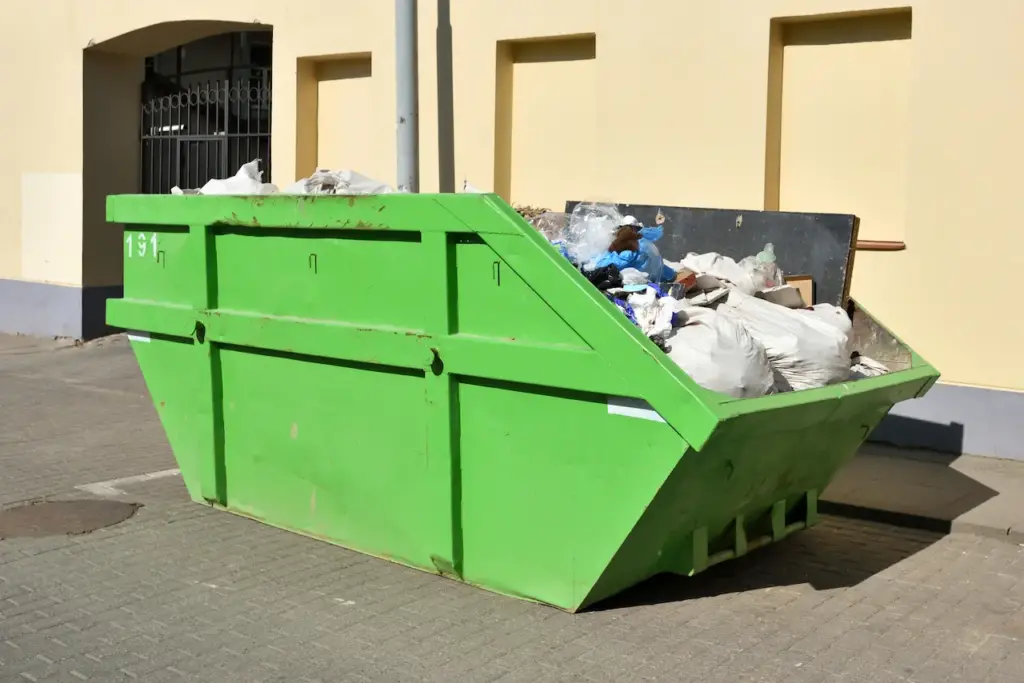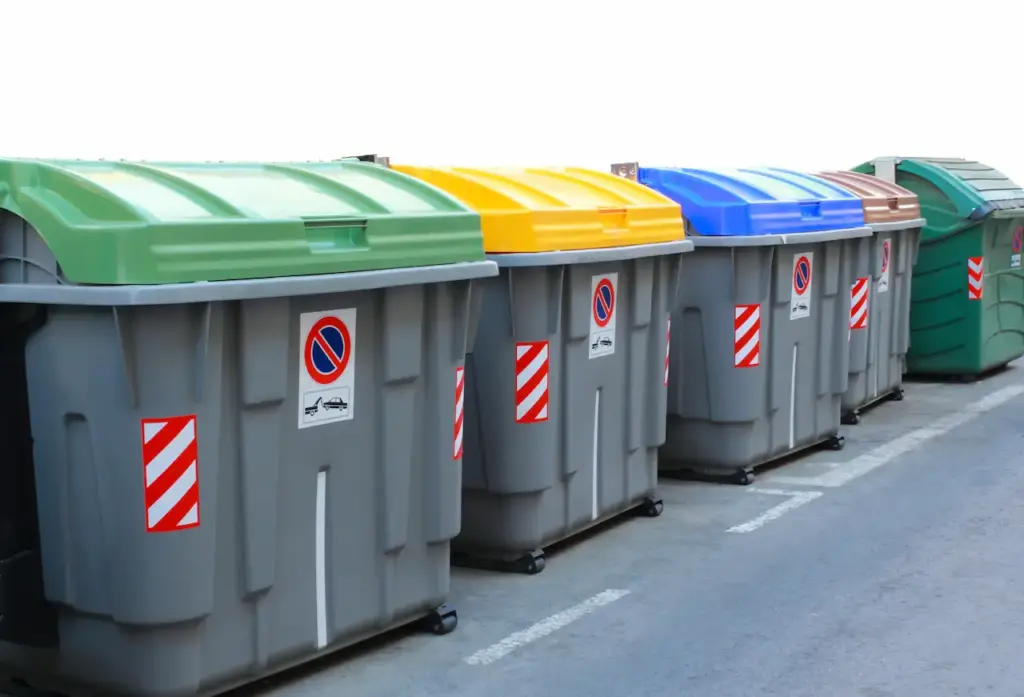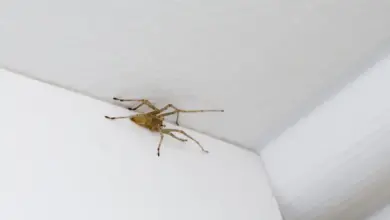Waste & Landfill Statistics in Australia
20 Startling Waste & Landfill Statistics Australia (2022)
Australia is one of the most wasteful countries in the world. In terms of plastic bag consumption per capita, we’re second only to Americans. Mattresses, pillows, sheets, and other bedding contribute to the waste problem in addition to the usual garbage.
There are many recycling programs in the country. However, waste reduction could be improved.
This post will provide some interesting facts about landfills and waste in Australia. We will explore the types of waste materials, where they end up and their environmental impact.

Key Waste & Landfill Facts Australia
- Australia produces 78 million tonnes per year of solid municipal waste. Only half (52,60 million tonnes) is recycled. 29% of the waste goes to landfill.
- The average Australian produces more than half a tonne (540 kg) of garbage each year. An average Australian household disposes of over 1,20 tonnes per year.
- Australia consumes more than 12 kg of plastic per capita every year
- The average Aussie uses over 230 plastic bags every year.
- An average Australian discards about 23 kg of textile and clothing waste each year.
- In Australia, approximately 3.5 million tonnes of plastic waste are generated each year. The largest contributor to plastic waste is the household, accounting for 47%.
- Around 130,000 tonnes of plastic is dumped into Australian oceans and waterways every year. This is equivalent to 1,280 kilograms per hour.
- Only 12% of plastic waste will be recycled in 2020. The rest is going to landfills.
- Australian households waste 28% of their food. This is worth about 3,000 AUD per year.
- Australians use more than a billion cups of coffee, a million bottles of single-use plastic and three billion straws each year. The majority of these products end up in landfills and are not recyclable.
- In Australia, 6000 kg of textiles are thrown into landfills every ten minutes.
- Over 1.75 million mattresses in Australia are estimated to be thrown away each year. Although most mattresses can be recycled, a large majority end up in a landfill.
- In Australia, 539,000 tonnes of electronic waste was generated in 2019. Australian households contributed 40%.
Waste Facts
1. How much waste is produced in Australia?
Australia is estimated to have produced more than 76 million tons of waste in 2019. That’s 1.4 kg of waste per person, per day.
The manufacturing and construction sectors accounted for 25 per cent of the waste, while households contributed 20 per cent. About half (38 million tons) of the waste generated was sent to be recycled, and 29% or 22,60 million tons went to landfills.
2. The average Australian generates over 540 kg of waste per year.
Every Australian produces more than 500 kilograms of waste each year, including 130 kilograms of plastic waste. If you consider this number over a lifetime, an average Australian produces more than 45,000 kg of waste.
3. The production of waste is increasing
In 2017, Australia generated 67 million tons of waste, but in 2019, it produced 76 million tonnes. This is an alarming 13 per cent increase in just two years.
4. In Australia, more than 3.5 million tonnes of plastic waste was generated between 2018 and 2019.
Plastic waste made up only 4% of the total solid waste. Despite this low figure, plastic is among the most harmful materials for the planet. Only 12% was recycled, and 81% ended up in landfills.
5. Food waste alone is estimated to cost the Australian economy around $20 billion per year.
Australians are also struggling with food waste. Food waste cost the Australian economy over $20 billion in 2019.
6. Over 10 million plastic bags per day are used in Australia.
According to data, Australia ranks second in the United States for plastic bag consumption per capita. Aussies use over 10 million bags per day, which adds up to 3.5 trillion plastic bags a year.
7. In Australia, it is estimated that 15,000 bottles and cans of beverage are thrown out every minute.
Plastic bottles that are only used once can make up a large portion of the waste sent to landfills. In Australia, 15 bottles and cans per minute are thrown out, which is 900,000 an hour, 21,6 million a day and 7,884,000,000 a year.
8. Australians waste 3.3 million tonnes of food every year.
In Australia, households generate 2.6 million tonnes of the 3.3 million tonnes of food waste that is generated each year. Over 78% of the food waste in Australia comes from households.
9. Every year, the average Australian family produces 1.2 tonnes of waste food.
Aussies throw away 28% of their food. The average Australian household wastes 1,20 tonnes of food, estimated at 3,000 AUD.
10. Every year, 1.25 million mattresses end up in landfills.
Australians throw away 1.25 million mattresses every year, enough to fill up 270 Olympic swimming pools. The majority of mattresses that are thrown away are innerspring mattresses or foam mattresses. Mattresses are recyclable. Due to the high cost of recycling mattresses, many end up in a landfill.
11. Every 10 minutes, 6,000 kgs of textile end up in Australian landfills.
Australia produced more than 250,000 tonnes of textile waste in 2019. This is enough to fill 190 Olympic swimming pools. The total textile is made up of 60% clothes, 9% leather, 18% household linen, and 3% mattresses. Only 26% is recycled.
12. In 2019, waste services accounted for 17 billion dollars.
Australian businesses and governments spend a lot of money on waste treatment, recycling, and disposal. The construction industry spent nearly $2 billion and manufacturing spent $1.2 billion in 2019 on waste services.
Landfill Statistics Australia: Where is the waste disposed of?
13. In 2019, more than 20.50 million tonnes of waste were dumped in landfills.
The majority of Australians’ waste ends up in landfills. Every year, landfills receive 6.7 million tonnes of food waste, plastic, and hazardous waste.
14. 81% of Australia’s plastic waste is sent directly to landfills.
In Australia, 84% of the plastic waste (2.94 million tonnes) was disposed in landfills in 2019. Just 12% of the plastic that Australians use is recycled. This is a shockingly low number. Even though Australia has made a huge push to recycle, not enough is being done to reduce plastic, reuse it and, most importantly, recycle it.
Australian households contribute 47% of our total plastic waste.
15. Australia used to export around 7% of its waste.
There’s a current ban on the export of waste. However, up until March 2021, Australia exported around 7.5% or 5,32 million tonnes each year to countries such as Malaysia, Vietnam and Indonesia.
16. Around 130,000 tonnes of Australian Plastic ends up in Australian Waterways and Oceans every year.
Plastic waste is a major problem for oceans and waterways around the world. It damages animals, as well as their habitats. Each year, 100 million marine animals die from plastic waste. Australia contributes around 130,000 tons of plastic waste to the oceans every year.
17. After one use, 95% of plastic packaging is thrown away.
In Australia, 95 per cent of plastic packaging after one use is thrown away. It’s alarming and we should start paying more attention. Single-use plastic packaging has a huge environmental impact, and this will only get worse if we do not take action.
18. About 10% of electronic waste is recycled, compared to about 52% of general garbage.
E-waste poses a serious problem. Only about 10% of Australia’s e-waste (53,000 tonnes) is recycled. This means that 90% of electronic waste ends up in landfills or is burned. It’s a waste of resources and bad for the environment.

What type of waste is produced in Australia?
18. Manufacturing and construction are the two sectors that generate the most waste.
In Australia, the manufacturing and construction industries are the biggest contributors to solid waste. They account for about 25.50 million tonnes of waste (almost twice the amount of household waste).
19. Australian households generate 12.4 million tonnes of waste.
Australian households generate a lot of waste. Our households produce 12.4 million tons of waste every year. This is 16% of all waste. This is the equivalent of 470 Sydney Opera Houses in weight!
20. 20 % of waste is organic.
Organic waste also contributes significantly to landfills. Organic waste makes up 20% of the total waste, which is 15.3 million tons of waste that can be recycled or composted. ! 42% of the waste was recycled (6,9 million tonnes), and 45% went to landfills.
The conclusion of the article is:
These 20 waste statistics and landfill statistics for Australia are only the tip of the iceberg. Our garbage problem is getting worse and we must act now. We can make a huge difference by working together and making simple changes. Start by reducing waste, recycling, composting food scraps, and avoiding plastics with single-use.
These simple things can have a big impact. What will you be doing to reduce waste?



